
Copernical Team
Mars helicopter flies again; encounters radio interference on 17th flight
 Ingenuity flew for the 17th time at Mars on Sunday, Dec. 5. After the helicopter executed the planned 614-foot (187-meter) traverse to the northeast, the radio communications link between Ingenuity and the Perseverance Mars rover was disrupted during the final descent phase of the flight. Approximately 15 minutes later, Perseverance received several packets of additional Ingenuity telemetry indicating that the flight electronics and battery were healthy.
Ingenuity flew for the 17th time at Mars on Sunday, Dec. 5. After the helicopter executed the planned 614-foot (187-meter) traverse to the northeast, the radio communications link between Ingenuity and the Perseverance Mars rover was disrupted during the final descent phase of the flight. Approximately 15 minutes later, Perseverance received several packets of additional Ingenuity telemetry indicating that the flight electronics and battery were healthy. Japanese billionaire arrives at ISS
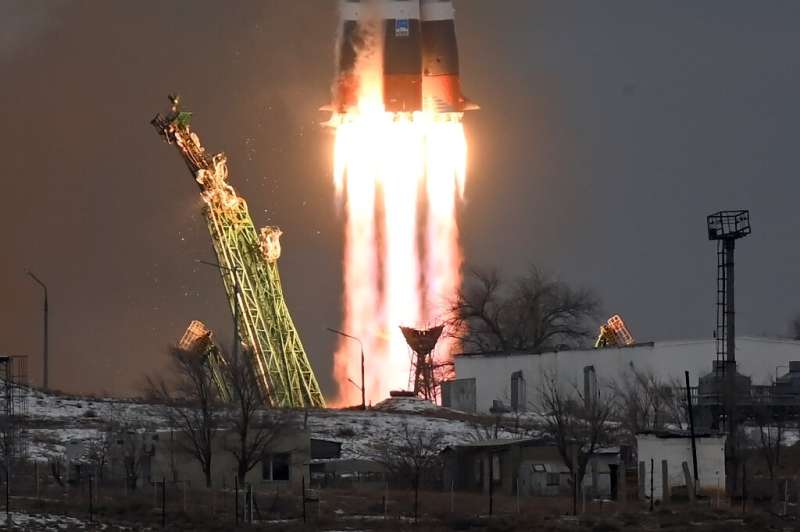
A Russian rocket lifted off on Wednesday carrying a Japanese billionaire to the International Space Station, marking the country's return to space tourism after a decade-long pause that saw the rise of competition from US companies.
Online fashion tycoon Yusaku Maezawa and his production assistant Yozo Hirano blasted off from the Russian-operated Baikonur cosmodrome in Kazakhstan at 0738 GMT, an AFP correspondent at the scene reported.
Their journey aboard the three-person Soyuz spacecraft piloted by cosmonaut Alexander Misurkin will take just over six hours, capping a banner year that many have seen as a turning point for private space travel.
Billionaires, Elon Musk, Jeff Bezos and Richard Branson all made breakthrough commercial tourism flights this year, bursting into a market Russia is keen to defend.
Singapore's first 3D-printed artefact to be launched to the moon
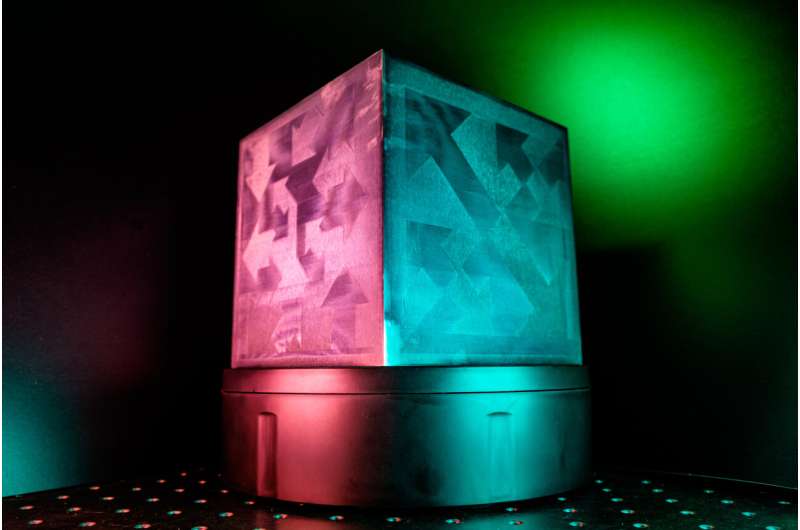
The Moon Gallery Foundation is developing an art gallery to be sent to the Moon, contributing to the establishment of the first lunar outpost and permanent museum on Earth's only natural satellite. The international initiative will see one hundred artworks from artists around the world integrated into a 10 cm x 10 cm x 1 cm grid tray, which will fly to the Moon by 2025. The Moon Gallery aims to expand humanity's cultural dialog beyond Earth. The gallery will meet the cosmos for the first time in low Earth orbit in 2022 in a test flight.
The test flight is in collaboration with Nanoracks, a private in-space service provider.
Moth balls thrust satellites into space
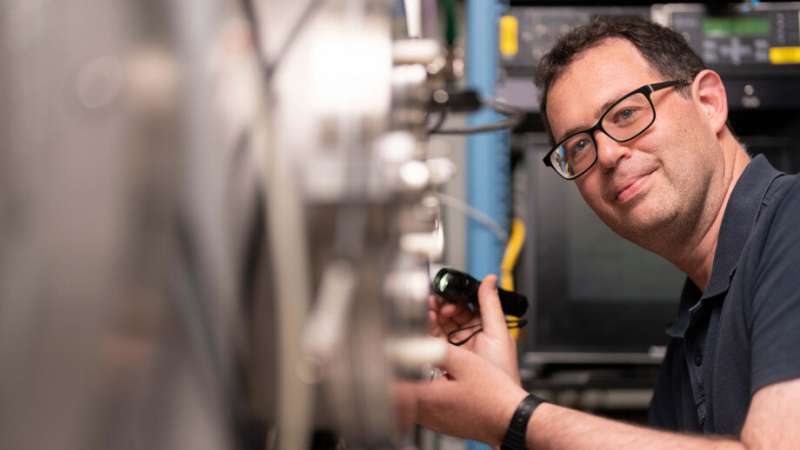
The chemical in moth balls, naphthalene, will be tested in space in a new satellite rocket propulsion system, Bogong, developed at The Australian National University (ANU).
Scientists have designed the innovative thruster, with a familiar odor, in only six months from design to delivery. Primary testing was conducted on campus at ANU.
The Bogong will launch into space in mid-2022 amid a group of half a dozen small satellites that Australian space services company Skykraft will test for tracking and communication with aircraft, facilitated by the Canberra-based space company Boswell Technologies.
ANU Ph.D. scholar Mr Dimitrios Tsifakis, came up with the idea for using hot naphthalene as opposed to hot charged gas plasma systems as a rocket thruster for small satellites.
"Naphthalene is ideal because when it is heated it goes straight from solid to gas, with no liquid sloshing about in the thruster," he said.
"It is cheap, non-corrosive and easily available.
"You can get moth balls in the supermarket. Everyone knows that old smell in granny's wardrobe; now it is the newest thing in space technology.
High wind delays Michael Strahan's space trip with 5 others
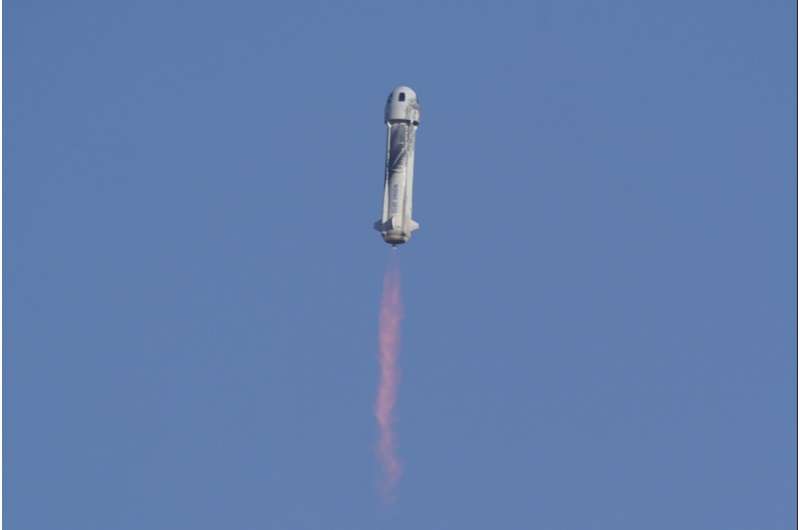
Rocket Lab shows off its new reusable neutron rocket, due for launch in 2024
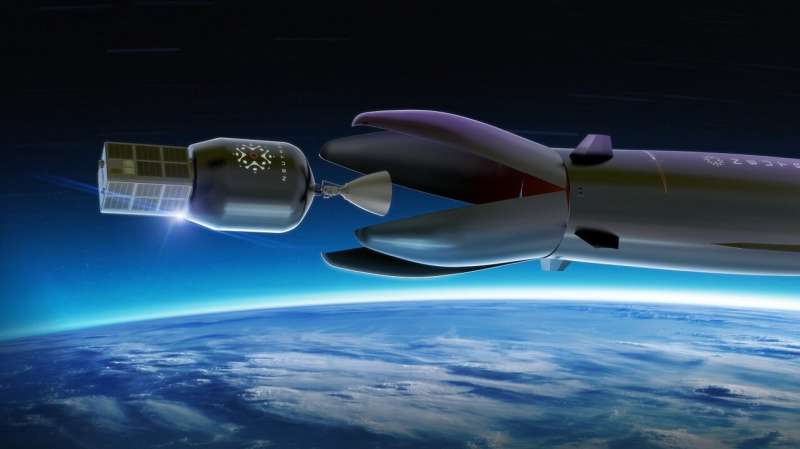
On December 2, 2021, the commercial space company Rocket Lab unveiled the detailed architecture of their Neutron rocket for the first time. In a live-streamed event, the company showcased all the new elements that will make this "megaconstellation" launcher a serious contender in the coming years. These include updated details about the rocket's design, materials, propulsion, and reusability architecture.
This new vehicle builds on Rocket Lab's experience with their Electron rocket, the small-satellite launcher they debuted back in 2017. This two-stage, lightweight carbon composite rocket relied on the first flight-ready electric pump-feed cycle (aka. Rutherford) engine to launch payloads of 300 kg (661 lbs). With 22 launches and 107 satellites deployed to date, the Electron has become the most frequently launched U.S. rocket since 2019.
In the summer and fall of 2020, Rocket Lab began experimenting with reusability by retrieving an Electron first-stage booster with a helicopter and net.
'Would you like a little ice with your exoplanet?' For Earth-like worlds, that may be a tall order
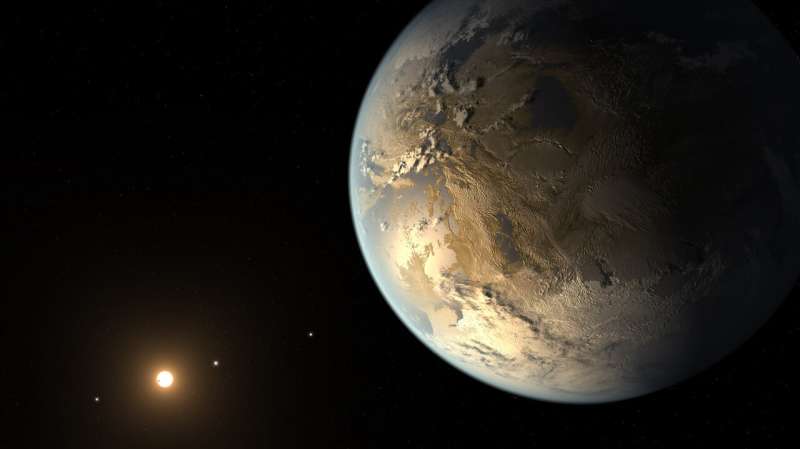
Exoplanets are experiencing a stratospheric rise. In the three decades since the first confirmed planet orbiting another star, scientists have catalogued more than 4,000 of them. As the list grows, so too does the desire to find Earth-like exoplanets—and to determine whether they could be life-sustaining oases like our own globe.
The coming decades should see the launch of new missions that can gather ever-larger amounts of data about exoplanets. Anticipating these future endeavors, a team at the University of Washington and the University of Bern has computationally simulated more than 200,000 hypothetical Earth-like worlds—planets that have the same size, mass, atmospheric composition and geography as modern Earth—all in orbit of stars like our sun.
Russian rocket carrying Japanese billionaire docks at ISS

A Russian rocket lifted off on Wednesday carrying a Japanese billionaire to the International Space Station, marking the country's return to space tourism after a decade-long pause that saw the rise of competition from US companies.
Online fashion tycoon Yusaku Maezawa and his production assistant Yozo Hirano blasted off from the Russian-operated Baikonur cosmodrome in Kazakhstan at 0738 GMT, an AFP correspondent at the scene reported.
Their journey aboard the three-person Soyuz spacecraft piloted by cosmonaut Alexander Misurkin will take just over six hours, capping a banner year that many have seen as a turning point for private space travel.
Billionaires, Elon Musk, Jeff Bezos and Richard Branson all made breakthrough commercial tourism flights this year, bursting into a market Russia is keen to defend.
Ariane 5 moved to meet Webb

The Ariane 5 launch vehicle which will launch the James Webb Space Telescope was moved to the final assembly building at Europe’s Spaceport in French Guiana on 29 November 2021.
NASA's latest astronaut trainees are already dreaming of the Moon

As a former national team cyclist who'd fix her own bikes, and before that as a child helping out on her family's cattle farm, NASA trainee astronaut Christina Birch has plenty of experience working with her hands.
With America's sights now set on returning to the Moon—this time establishing long-term habitats—Birch is dreaming big: "If I could assist the mission in any way, by helping build something on the Moon, that would be super cool," she told AFP.
The 35-year-old is one of ten new recruits announced by the US space agency this week, the latest members of what it calls the "Artemis generation," named for the Artemis program to put American boots on lunar soil later this decade, and later on to Mars.
Selected from a competitive field of 12,000 applicants, their diverse profiles have been picked with the goal of accomplishing humankind's toughest exploration missions to date.
Among them are high-level scientists. Chris Williams, 38, is a medical physicist and assistant professor at Harvard, whose research focused on developing image guidance techniques for cancer treatments.




































